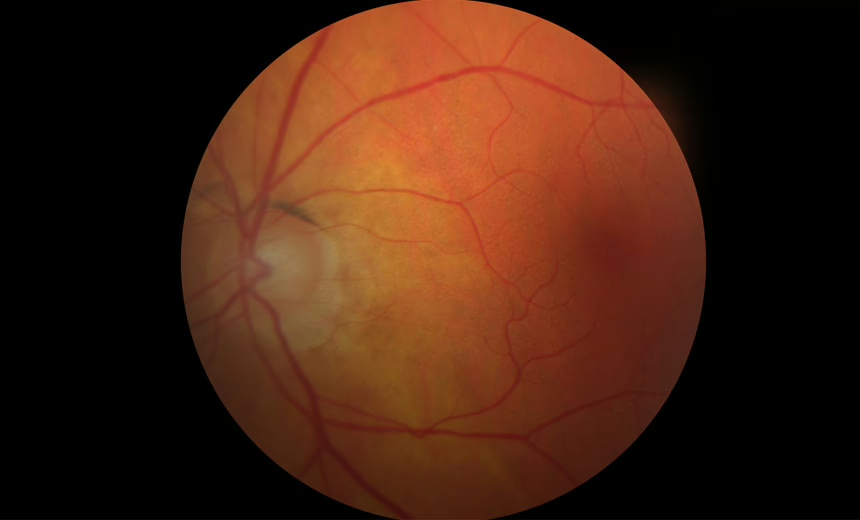"*" indicates required fields

Optic atrophy
31/08/2017

Your optic nerve is made up of a bundle of nerve fibres, each one of which transports visual information from a different part of your retina to an area of your brain where it is processed.
Sometimes some or most of the optic nerve fibres can become damaged, resulting in a loss of vision, as the information carried by those fibres is unable to reach the brain. This is a condition known as optic atrophy (or optic neuropathy).
Optic atrophy refers to damage to, or degeneration of, the optic nerve due to any cause. It manifests as changes in the structure and colour of the optic disc. The optic disc is the portion of the optic nerve that is visible on examination of the inside of the eye. A pale disc is one of the first signs eye doctors look for in determining if a patient has optic atrophy.
Who is at risk?
The most common cause of optic neuropathy is poor blood flow, which is called ischemic optic neuropathy and most often affects elderly people. Damage to the optic nerve can also be hereditary (inherited) or caused by shock, radiation, toxic substances or trauma. Other causes include diseases of the brain or central nervous system, such as multiple sclerosis, stroke and brain tumours, as well as eye diseases such as glaucoma.
What are the symptoms?
The main symptoms of optic atrophy include:
- Blurred vision
- Abnormal colour vision
- Abnormal peripheral vision
- Decreased brightness in one eye compared to the other.
Does that mean I have optic atrophy?
If you experience any of the symptoms mentioned above, it does not necessarily mean you have optic atrophy, so don’t panic. Make an appointment to see your optometrist, who can undertake a complete eye exam and refer you to an appropriate eye doctor if optic atrophy is suspected.
How is it diagnosed?
The eye examination is the first step in the diagnostic process. Your eye doctor will assess your colour vision, peripheral vision, pupil reaction to light, visual acuity, and will also look inside your eye with an instrument called an ophthalmoscope to determine whether your optic nerve appears pale.
If results are inconclusive, further testing may be required, including blood tests and an MRI.
Is optic atrophy treatable?
Unfortunately, vision loss caused by optic atrophy cannot be reversed. However, discovery and treatment of the underlying disease or cause can help to prevent further visual damage or blindness.
Most causes of optic atrophy cannot be prevented, but there are some measures you can take to help protect yourself:
- Schedule a routine eye examination every two years with your optometrist to check for glaucoma (or more frequently if you have a strong family history of glaucoma)
- Prevent injuries to the face. Always wear a seatbelt to protect yourself in the event of a motor vehicle accident
- Never drink forms of alcohol not intended for consumption, as methanol (often found in homebrew) can cause optic atrophy
- Have your blood pressure checked regularly and managed by your doctor.
As with most disorders, early diagnosis is the key to finding out what is causing the damage and can help to prevent further vision loss.
The information on this page is general in nature. All medical and surgical procedures have potential benefits and risks. Consult your ophthalmologist for specific medical advice.
Date last reviewed: 2022-02-09 | Date for next review: 2024-02-09
